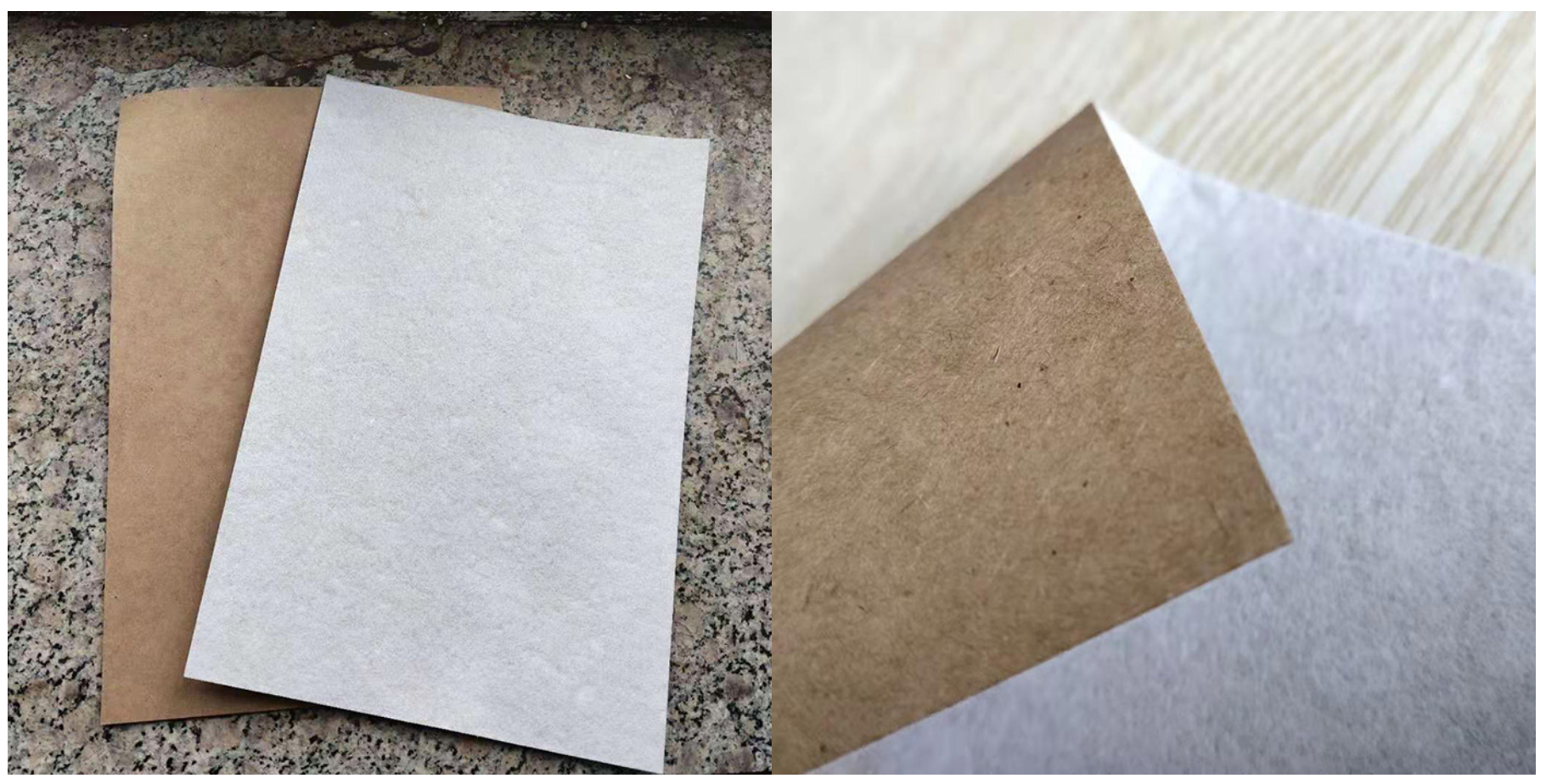
Can Absorbent Paper Prevent Corrosion?
2025-09-24 19:22With the development of global trade, container transportation has become the main way of cross-border circulation of goods. However, in the process of sea, rail or long-distance land transportation, many exporters and buyers are faced with the same problem: the goods appear to be rusty or moldy to varying degrees when they arrive at their destination. This will cause economic losses, and may also lead to returns and damage to brand reputation. In recent years, a new type of moisture-proof and rust-proof material absorbent paper has become more and more popular. So, can absorbent paper really effectively prevent corrosion in container transportation?
Why is it easy to rust in container transportation?
During transportation, containers are often in complex and changeable climatic environments, especially by sea, across climatic zones of different temperatures and humidity. When moisture attaches to the metal surface, it can easily cause oxidation and rust the goods.
The container itself is not completely sealed, and water vapor, salt, and pollutants in the air may enter the interior of the container, exacerbating corrosion. Even during land transportation, high-humidity areas such as South Asia, Southeast Asia, and the Middle East will cause cartons to soften and metal parts to rust due to humid air. Controlling the humidity in the transportation environment can solve the problem of rust prevention well.
What are the common anti-rust methods for containers?
In order to reduce losses during transportation, exporters and freight forwarders usually take a variety of anti-rust measures:
| Anti-rust method | Principle | Advantages | Disadvantages |
| Anti-rust oil | Apply an oil film on the metal surface to isolate air and moisture | Obvious protective effect | Troublesome operation, not suitable for large-scale export |
| Absorbent paper | VCI (volatile rust inhibitor) releases ingredients to form a protective film | Easy to use | Limited absorption capacity of humidity |
| Desiccant | Use silicone, calcium chloride and other materials to absorb moisture | Strong moisture absorption ability | Requires a larger number, takes up space and may leak |
| Vacuum/sealed packaging | Block air and prevent oxidation | Comprehensive protection | High cost and limited scope of application |

What is absorbent paper?
Absorbent paper is a moisture-proof product made of a polymer absorbent material and a fiber substrate. Absorbent paper is characterized by its ability to quickly absorb a large amount of moisture in a limited space and lock in the moisture, so as not to affect the goods due to infiltration after saturation. Absorbent paper is usually placed on the wall of the container or on the surface of the cargo, does not take up too much space, and is simple to operate.
Advantages of absorbent paper in container transportation:
Compared with traditional moisture-proof products, absorbent paper has the following advantages:
Efficient moisture absorption: Absorbent paper's moisture absorption capacity is much better than that of ordinary paper, and it can effectively control the humidity in the box.
Prevent secondary pollution: The moisture absorbed by Absorbent paper is firmly locked and will not leak to the goods.
Easy to use: Absorbent paper can be directly attached or laid, and no additional equipment is required.
Environmental protection and safety: Absorbent paper does not contain harmful chemical components and meets the requirements of high-standard cargo transportation such as food and medicine.
Space-saving: The water absorbent paper thickness is thin, and it hardly takes up the internal volume of the container.
Typical application case: How to avoid the loss of corrosion caused by "container rain”
A machinery and equipment export company, because of the problem of “container rain” during transportation, the goods rusted in a large area after arriving in Hong Kong, and the customer directly refused to accept them. Later, the company laid water absorbent paper in each container and used it in combination with some desiccant, and the results improved a lot. After 30 days of shipping, the goods remain dry and rust-free when they arrive at the port. The customer is very satisfied with water absorbent paper.
Questions that buyers are concerned about: Is water absorbent paper economical and practical?
When many buyers choose anti-rust solutions, they will be concerned about cost and actual results. Compared with the loss of hundreds of dollars in goods, the input cost of water absorbent paper is relatively low.
Service life: Water absorbent paper usually absorbs moisture for 30-60 days, covering most shipping cycles.
Suitable goods: Water absorbent paper is suitable for most metal parts, electronic products, and food packaging.
Comprehensive price ratio: In terms of reducing the return rate and improving the quality of delivery, water absorbent paper is higher than the effect of single use of anti-rust oil or desiccant.
Conclusion: Is water absorbent paper an ideal choice for container rust prevention?
Combined with the above analysis, it can be concluded that in container transportation, water absorbent paper can reduce the risk of corrosion caused by humidity and condensate. It is not the only means of rust prevention, but as an efficient, environmentally friendly and economical solution, water absorbent paper has shown unique application value in international logistics. In the future, water absorbent paper can be used in combination with VCI anti-rust materials, desiccants, etc., to become the best combination of anti-rust and moisture-proof in container transportation.
Reference materials:
1. Relevant guidelines of the International Organization for Standardization (ISO) on humidity Control of Cargo Transportation
2. "Research on Container Transportation and Condensate Protection Technology", China Federation of Logistics and Procurement
3. Industry application case Sharing-Practical experience of Southeast Asian Machinery and Equipment Exporters
4. VCI Anti-Rust Association Technical White Paper, "Anti-rust Materials and Transportation Safety"
